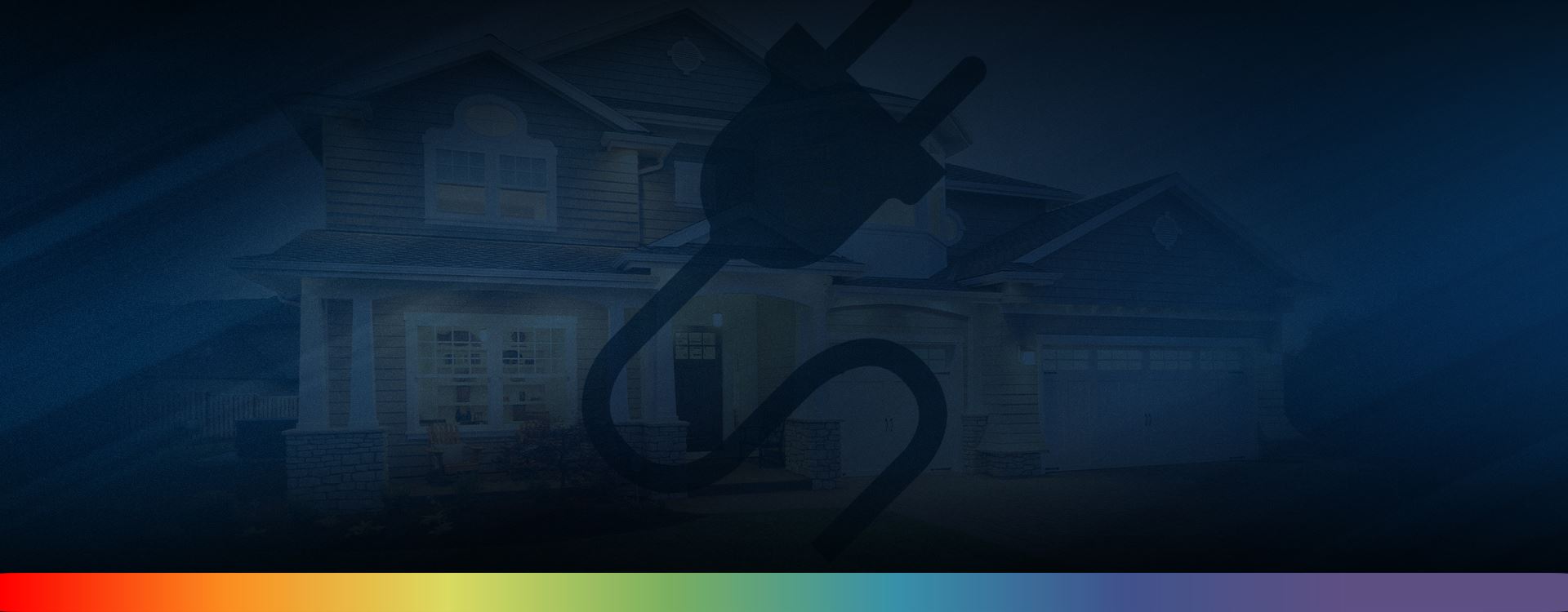How outlets are used and placed along electrical circuits has changed along with the wires. Here we’ll take a look at some of these advances.
In a recent blog we discussed how electrical wiring has changed through the years. Wiring technology has moved from single wires running along a building’s joists (knob and tube wiring); to cloth-covered, non-grounded wires; to the plastic-covered, grounded wires used today. Similarly, the ways our home wiring systems are set up have changed alongside our evolving electricity needs.
Prior to about 1956, electrical outlets were to be spaced no more than 20 feet apart. This is why the bedrooms in a lot of older homes have two outlets per room, while some only have one. This made sense back then as there were less devices and gadgets pulling power from the system – we didn’t have cell phones, computers, alarm clocks, or TVs plugged in outlets in every room. Today, any room wall that is over two feet long requires an outlet. Outlets are to be spaced no further than 12 feet apart, meaning that at any point along the wall, you’re never more than six feet from an outlet. Any hallway over 10 feet long also requires an outlet.
Lower electrical demands in the past also meant that it wasn’t uncommon for the lights and outlets for several rooms to share the same circuit. Because of today’s wiring needs, however, most electricians will try to keep the lights and outlet circuits separate, even though this isn’t required by the electrical code. This way if one of the circuits’ breakers trip, you will always be able to some kind of light in a room, either from a table lamp (from an outlet) or the overhead light.
In the old days, bathroom outlets (if you were lucky to have one) were installed in the light fixture. Bathroom outlets were not required, however, until there was a way to protect against electric shock. This didn’t really occur until the invention of the Ground Fault Circuit Interrupter, or GFCI, outlet. GFCI outlets were required for all outside outlets as of 1971, but it wasn’t until 1975 that they were required for bathroom outlets. Homes built in the ‘80s and ‘90s often had all of the outside outlets and bathroom outlets placed on one circuit. This helped keep costs down on the number of GFCIs a builder had to install in new homes. Today, all bathroom outlets have to be on a 20amp circuit and can only be on the same circuit as other bathroom outlets. Alternately each bathroom, including all lights and outlets, can be placed on their own circuit.
Kitchens have also seen changes in both the circuits and outlets over the years. In homes built through the1960s, it’s not uncommon for the kitchen to have only one or two outlets to serve the counter spaces. A large number of outlets weren’t needed back then. We didn’t have electric dishwashers, microwaves, and small kitchen devices all fighting for outlet space as we do today. Similarly, these kitchens usually had only three circuits. This included one for the electric cooktop, one for the electric oven, and one for the counter outlets and refrigerator. Now it is not uncommon for a kitchen to have seven or more circuits. Electrical code now requires two dedicated circuits for counter outlets. Most electricians will also place the dishwasher, garbage disposal, refrigerator, and over-the-range microwave on their own circuits. Electric stoves are always on their own circuit, as well, but gas ones can be placed on one of the counter outlet circuits.
If you’d like to discuss the electrical circuits or outlets in your home, give McCauley Electric a call at (678) 324-3117. If you have any feedback you’d like to share, please leave a review through Google. Hearing from our customers helps us give deliver the best service possible!
